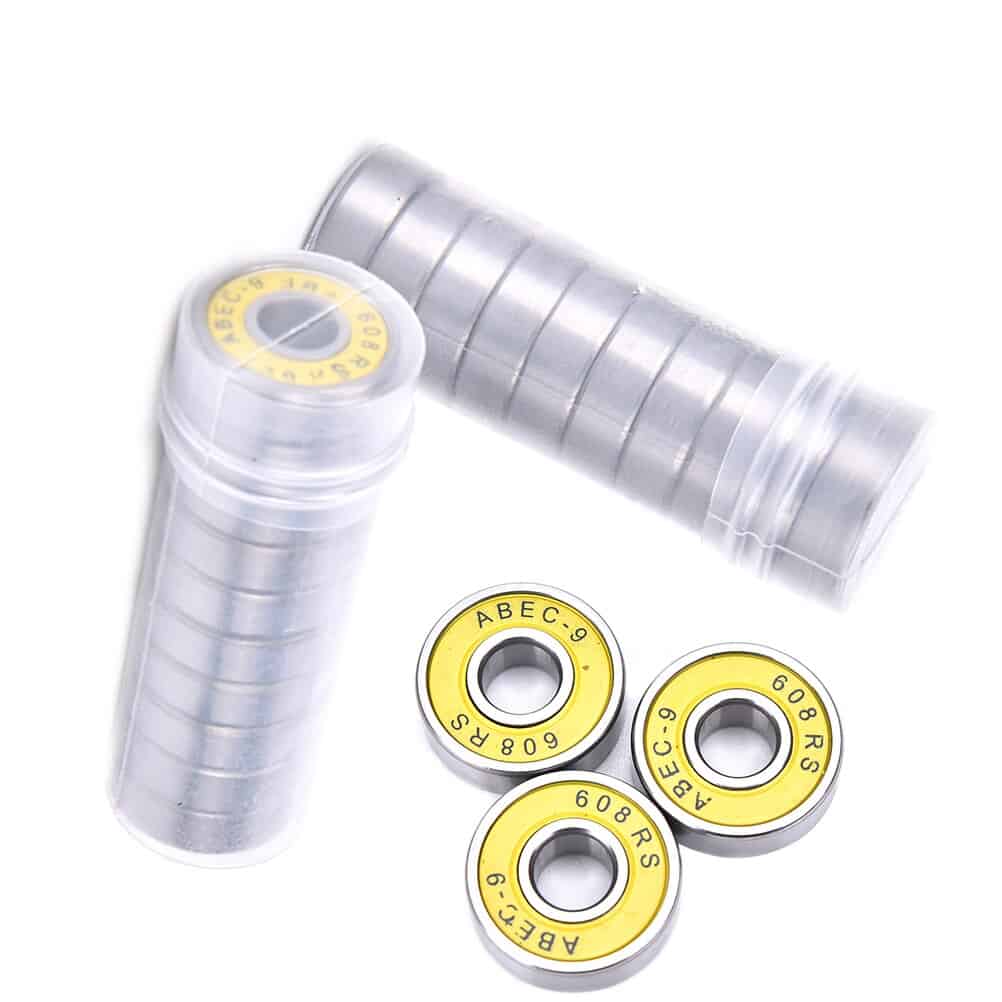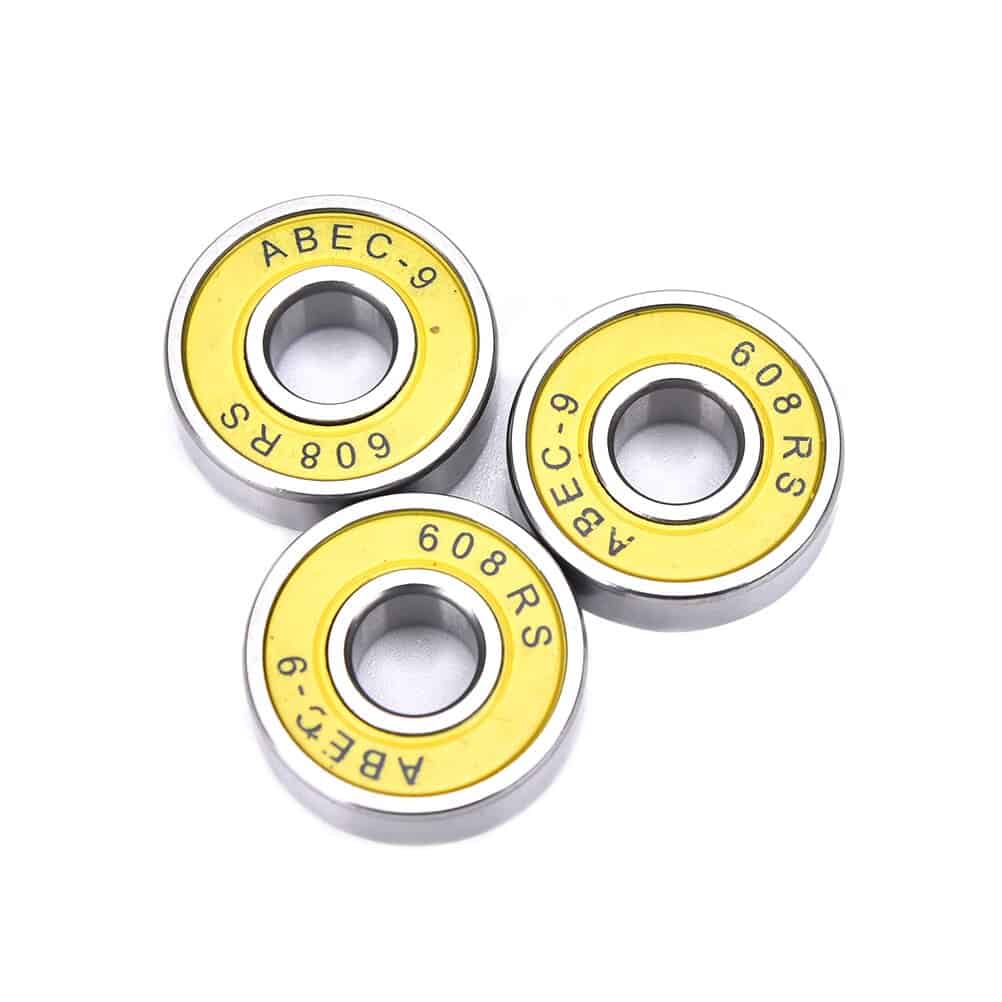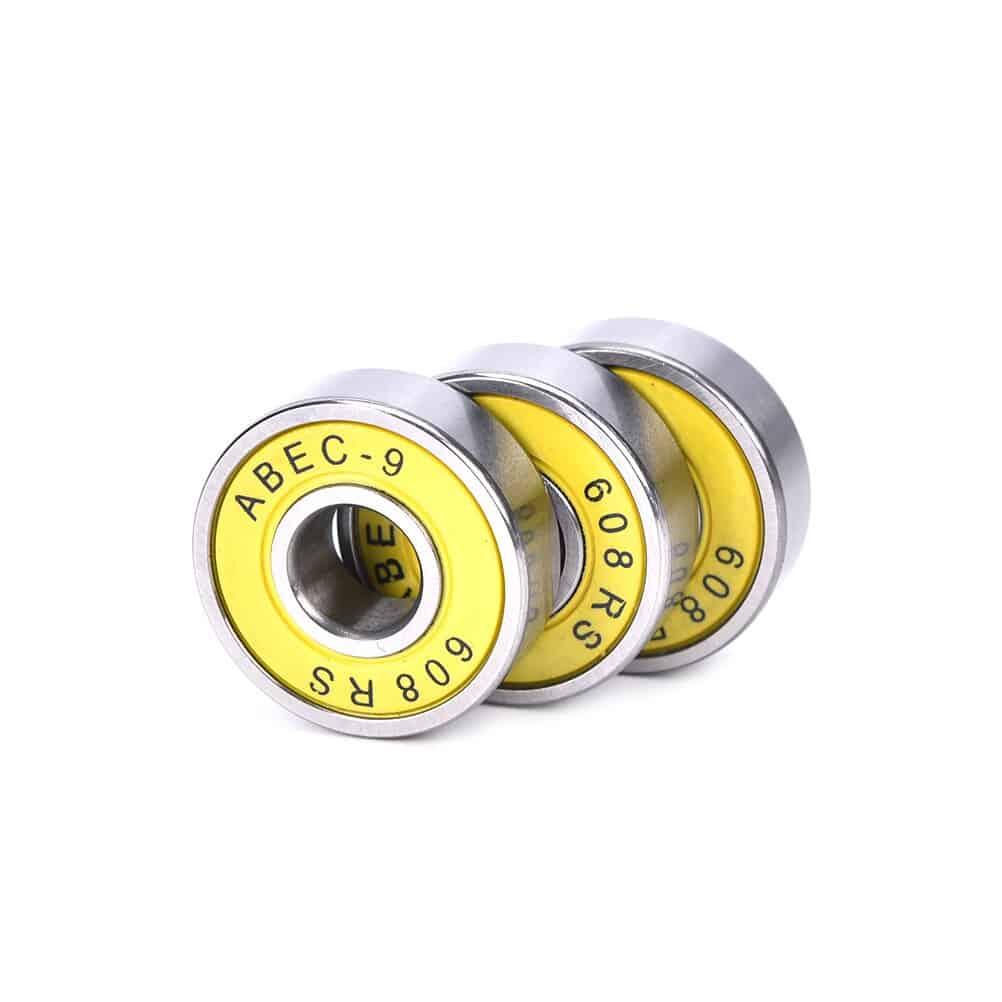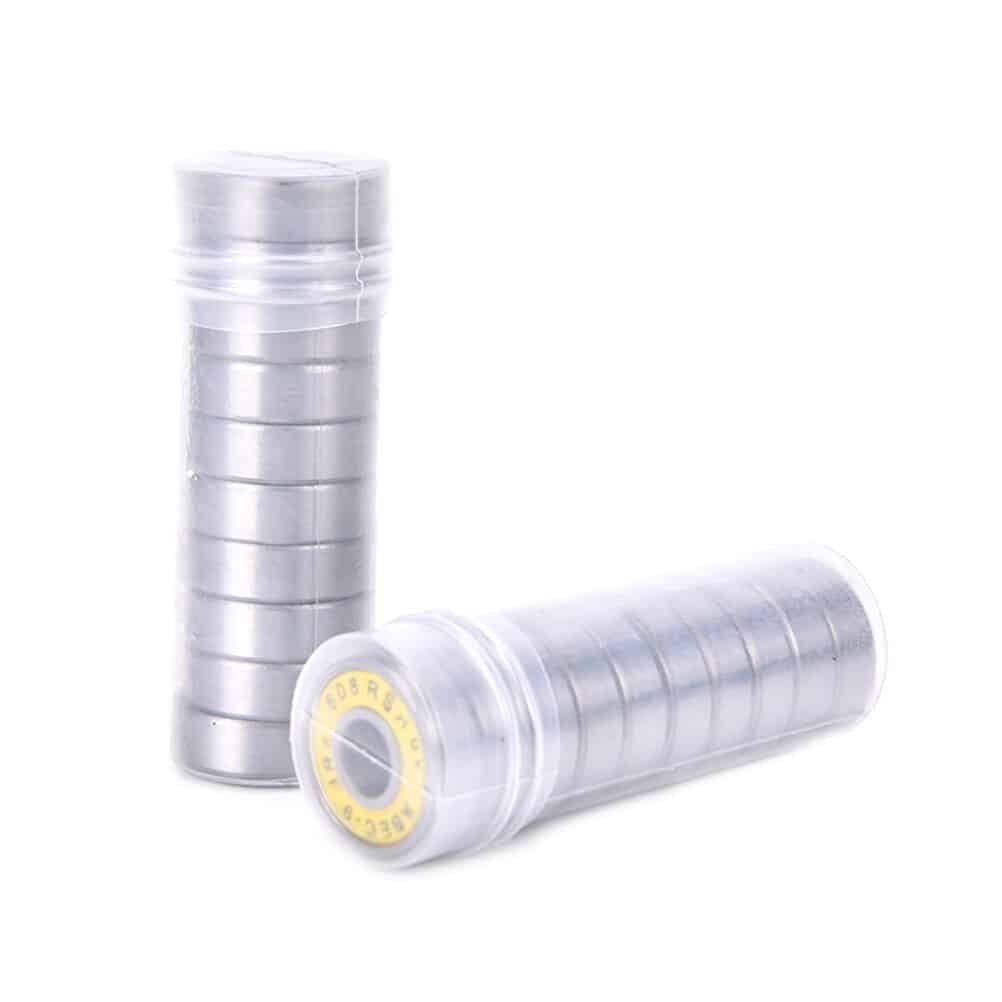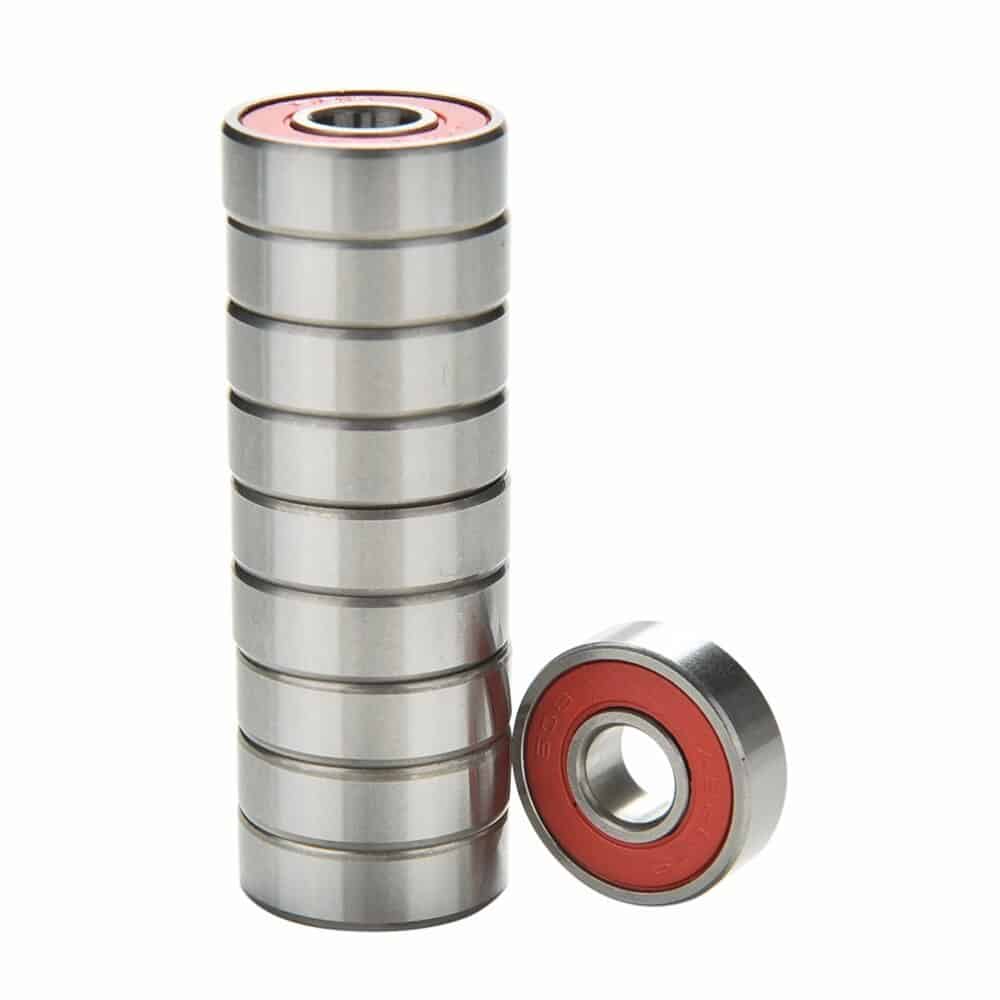2025 The Most Detailed ABEC Rating Guide
The origin of the ABEC scale
The ABEC rating is an industry-accepted standard for the tolerances of a ball bearing. It was developed by the Annular Bearing Engineering Committee (ABEC) of the American Bearing Manufacturers Association (ABMA). The ABEC scale is designed to provide bearing manufacturers dimensional specifications that meet the standards of precision bearings in a specified class. Manufacturers who produce equipment that requires bearings must also know the dimensional tolerances to design parts that will accommodate a bearing.
The ABEC grade has become the recognized industry standard for tolerating all ball bearings and roller bearings. Therefore, bearing manufacturers all over the world must conduct ABEC grade assessments on their products. After evaluation, the ratings are etched onto the bearing. Bearing tolerances are also specified by the equivalent ISO 492 and JIS B 1514 standards.
ABEC rating can be used as part of a guide, allow consumers to make informed decisions on the bearing type that best fits their application but does not provide basic knowledge of other properties. Therefore, this evaluation system is just one of several tools that should be used to determine the appropriate bearing selection.
Types of ABEC ratings
The following is the annular bearing engineer Committee (ABEC) of the quality grades of ball bearings. ABEC1 ball bearings and ABEC3 ball bearings are suitable for most applications. When a highly accurate position is required, ABEC 5, ABEC 7 ball bearings, or ABEC 9 ball bearings should be specified.
ABEC scale is recognized as the industry standard ball-bearing tolerances. The American Bearing Manufacturers Association (ABMA) ring bearing Engineering Committee (ABEC) development is.
From the largest tolerance to the smallest tolerance, there are 5 levels: 1, 3, 5, 7, and 9.
A higher ABEC grade can provide better accuracy, efficiency, and higher speed performance but does not necessarily make the component rotate faster. The ABEC grade does not specify many other key factors, such as the smoothness of the rolling contact surface, the precision of the balls, or the quality/type of steel used.
The bearing material is not specified in the ABEC grade. At least, the ABEC 1 bearings can not be classified as precision bearings because they are too loose tolerances.
Bearing standards and other grades
ISO‘s equivalent standard is ISO 492. The German equivalent is DIN 620. The Japanese equivalent is JIS B1514.
| ABEC | ISO 492 | DIN 620 | JIS |
| ABEC 1 | Class Normal | P0 | Class 0 |
| ABEC 3 | Class 6 | P6 | Class 6 |
| ABEC 5 | Class 5 | P5 | Class 5 |
| ABEC 7 | Class 4 | P4 | Class 4 |
| ABEC 9 | Class 2 | P2 | Class 2 |
For example, on ABEC 1 bearings with an outer diameter of fewer than 2 inches, the width of the outer ring can deviate within -0.0050 inches. However, the same diameter of the bearing ABEC 7 shall not exceed the outer width deviation of -0.001 inches.
The committee tested the two main factors that determine the tolerance level: dimensional accuracy and running accuracy. Physical properties including dimensional precision bearings, for example:
• Inner diameter
• Outer diameter
• Bearing width
• permissible deviation of the inner cone
• Shape error
Bearing Tolerance Illustrated
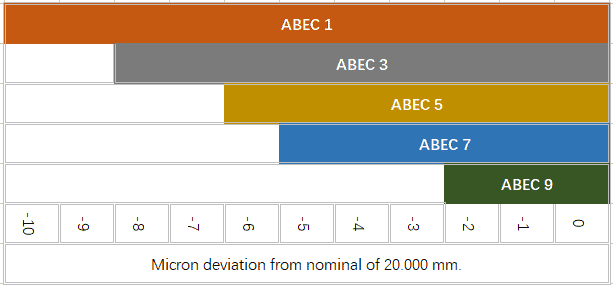
Bearing tolerance standards create consistency in the industry and in manufacturing to ensure a uniform product.
ABEC rating covers several factors. Is an eccentricity (roundness) of the inner rail, it is determined jitter. beLow given reference value indicates the maximum permissible eccentricity.
ABEC 1: 0.0075 mm (0.000295 inches)
ABEC 3: 0.0050 mm (0.000197 inches)
ABEC 5: 0.0035 mm (0.000138 inches)
ABEC 7: 0.0025 mm (0.000098 inches)
ABEC 9: 0.0012 mm (0.000047 inches)
For bearing tolerance differences, please refer to the table below. The table shows the actual allowable deviation in microns (μm) from the nominal 20 mm inner diameter bearing. Yes, as you can see, the tolerance window of ABEC 7 bearings is only 5μm (Greek letter Mu), while the tolerance window of ABEC 1 bearings is twice that of 10μm. For more specific precision bearing tolerances, please contact us for PDF documents to obtain
Three reasons to choose to buy bearings from TFL Bearing Company
- Quick answer: 99% of inquiries will be answered within 24 hours, and 75% of orders will be shipped the same day.
- Expert support online answers: Our engineers and technical experts will provide answers to your most difficult questions.
- 360 ° Quality: Our quality control program was unanimously approved in the industry. Customers around the world covering more than 150 countries.
Need help finding the right product for your application? Contact us immediately.
Refer to Wikipedia for part of the content (ABEC scale)

